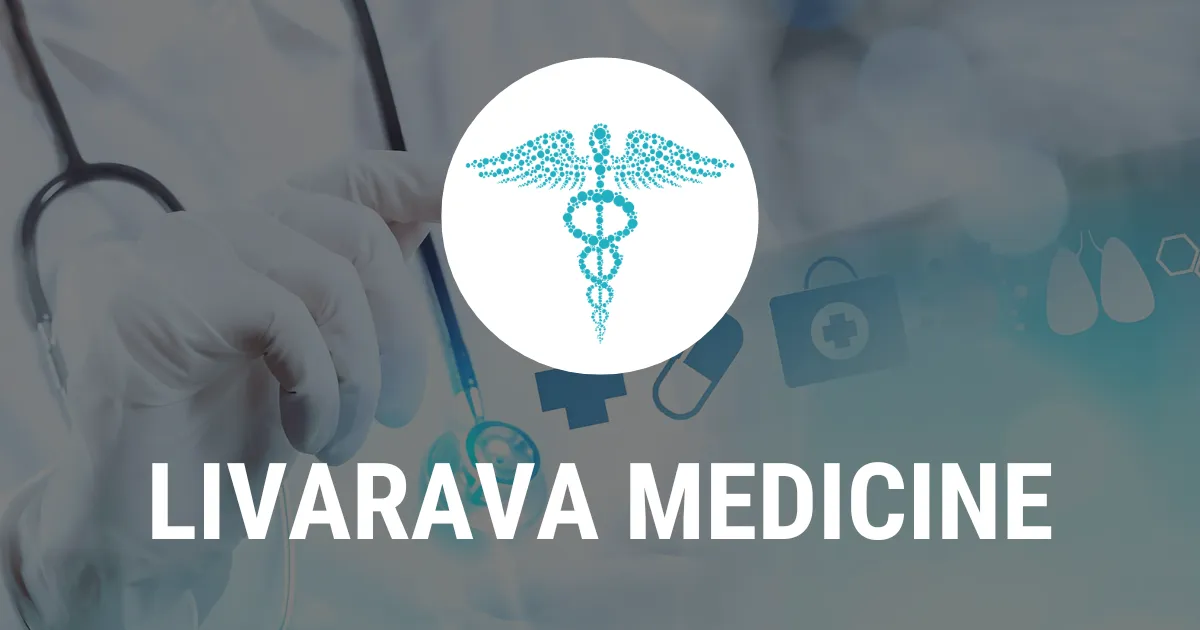Saxenda Safely Reduces BMI in Children Aged 6 to 12: Findings from NEJM Study

The recent NEJM study highlights the effectiveness of Saxenda in reducing body mass index (BMI) in children aged six to twelve. Over a year, children taking liraglutide experienced a 5.8% average decrease in BMI compared to a 1.6% increase observed in the placebo group. The results were statistically significant, indicating a promising intervention for childhood obesity.
Key Study Insights
This Phase IIIa study, supported by Novo Nordisk, involved 82 participants receiving either Saxenda or placebo. A notable aspect was the lower weight gain in children on Saxenda, with only a 1.6% increase versus 10% in the placebo group at 56 weeks. The GLP-1 receptor agonist showed a treatment effect of 8.4 percentage points in favor of Saxenda, with a significant p-value of 0.001.
Safety Profile
Despite common adverse events, the safety profile was balanced between groups. However, gastrointestinal side effects were more prevalent with Saxenda, affecting 12% of participants compared to 8% in the placebo group. Lead author Claudia Fox emphasized the critical need for timely and effective interventions for childhood obesity, correlating untreated childhood obesity with severe long-term health risks.
Implications for Treatment
As the obesity epidemic continues to escalate, treatment options remain limited for young patients. With the FDA approving liraglutide for adults and children aged 12-17, Saxenda presents a vital therapeutic avenue, potentially influencing the healthcare landscape significantly.
This article was prepared using information from open sources in accordance with the principles of Ethical Policy. The editorial team is not responsible for absolute accuracy, as it relies on data from the sources referenced.